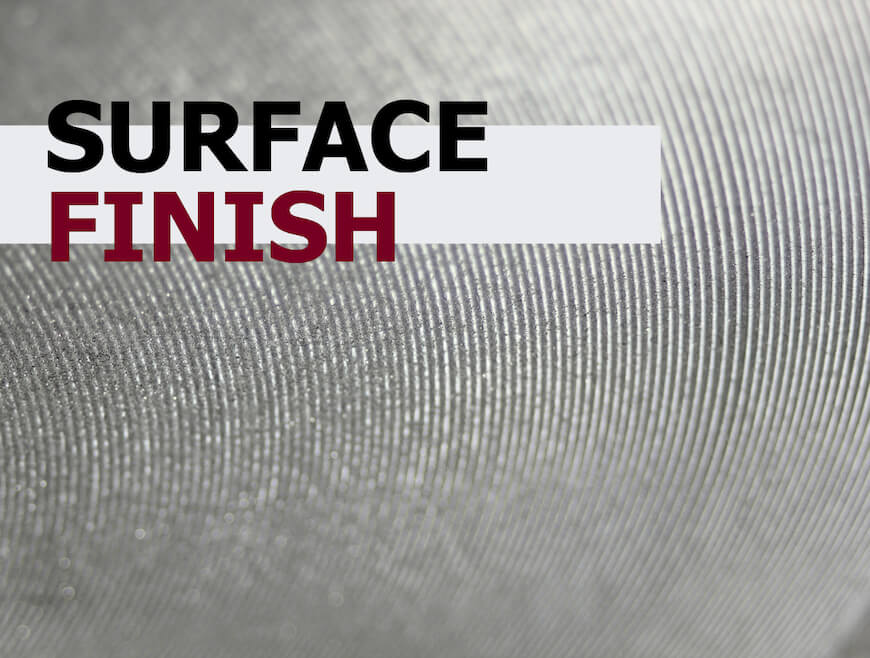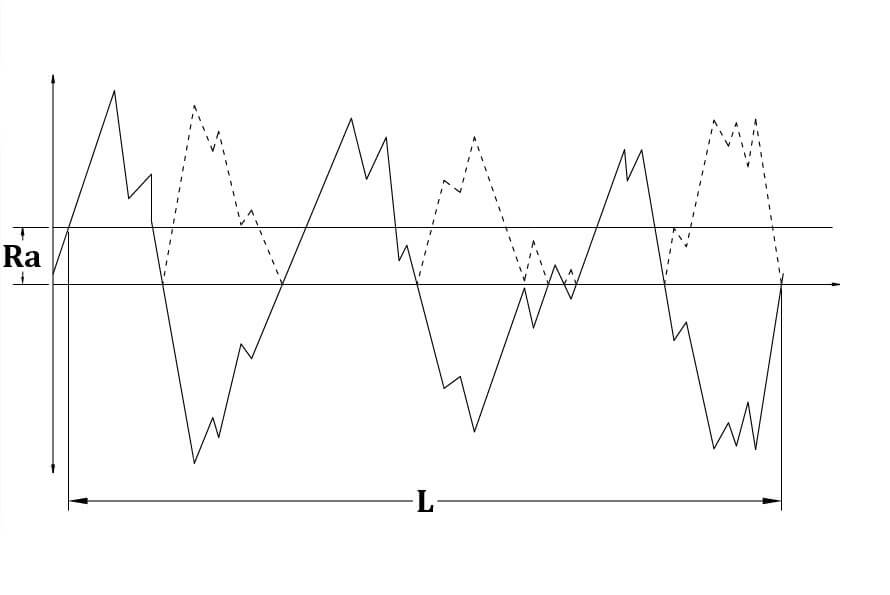
Surface finish
The surface finish in dynamic contact with the seals is very important for the correct sealing effect.
Scratches, grooves, porosity or eccentric or spiral processing marks are not allowed on the surface. The surface where seals will work must have as few asperities as possible, and controlled roughness values.
The roughness of the surfaces has significant effects on friction, wear and on the functional life of the seal; the purpose of a good finish is to obtain a surface that causes less wear on the sealing elements.
At high operating pressures, the lubricating oil film between the seal and the sealing surface is very thin, and the friction is therefore high: in these working conditions, it is advisable to prefer a surface finish with low roughness.
Many technical catalogs indicate reference roughness values, but what kind of roughness is indicated? What is the surface finish that guarantees the best result?
The designations commonly used to describe surface micro-finishes are the Ra, Rt, Rz values, as described in the ISO 4287/1 standard.
To simplify, let's imagine the profile of the surface as a jagged line, where there are peaks and valleys.
- The average roughness, called Ra and measured in µm, is the arithmetic average of the absolute values of the roughness profile ordinates, calculated in a given reference length (L).

- The surface roughness can also be as Rt and defined by the difference between height of the highest peak and depth of the deepest valley within the evaluation length (L).

- Rz is the average value of the vertical distance from the highest peak to the lowest valley in five sampling lengths, within a total evaluation length (L)

The Ra, Rt and Rz values are measured with the same unit of measurement and are significant values in determining the ideal surface finish for the use of a certain type of seal.
We must clarify that when we talk about "roughness" we refer to both the "shape" and the dimensions of the irregularities present on the surface, but while the dimensions of the irregularities can be measured through Ra, Rt and Rz, the "shape" can only be empirically described.
The values of Ra, Rt and Rz are unfortunately not sufficient to evaluate the suitability of a surface for the use of seals: it is very important to consider the dynamic contact area Mr (Rif.ISO4287/1), the surface percentage in contact with the seal.
Profile |
Rz |
Ra |
Mr |
|
|
Prof. 1 |
|
1,0 |
0,1 |
70 % |
|
Prof. 2 |
|
1,0 |
0,2 |
15 % |
The illustration above shows two example surface profiles.
Both have similar values of Ra and the same value of Rz, but it is clear how the profile 1 has a better sealing/contact surface ratio (Mr=70%).
To obtain a surface that causes less wear and tear, optimizing the life of the seals, the contact area Mr should have a value of at least 50-70%.

 Italiano
Italiano
